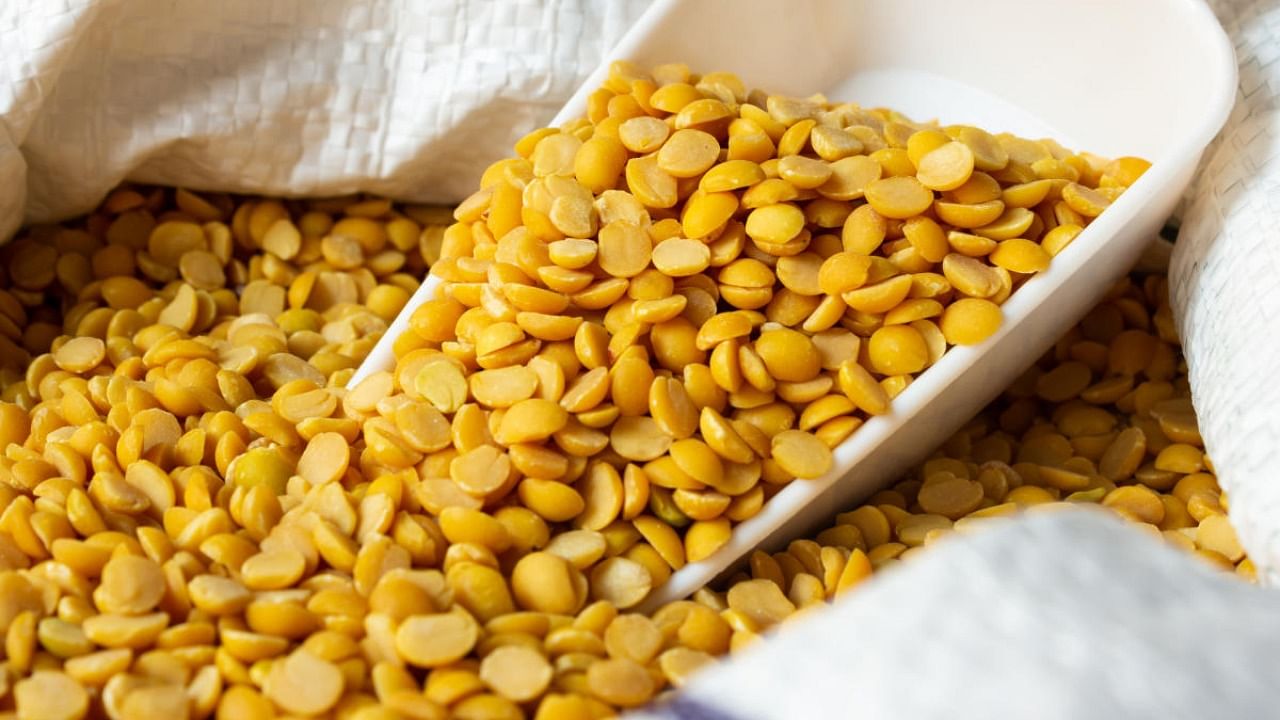
Kalaburagi district’s tag as the tur bowl of Karnataka may turn shaky as farmers are switching over to other commercial crops. The red gram growing area is slowly being occupied by Bt cotton, soybean and other crops. The crop switch may affect tur dal, which has received a Geographical Indication (GI) tag for its superior quality.
According to the agriculture department estimation, the area under tur dal cultivation has reduced to 4.70 lakh hectares against the average 6 lakh hectares a year in the last four years. The area is occupied by cotton and soybean which has increased by 64,000 hectares and 31,000 hectares respectively. There is also an increase in sugarcane area by 11,000 hectares.
Agricultural land in Kalaburagi district is rich in calcium and potassium. Therefore, it gives tur dal a unique taste and high nutritional value. Tur dal cultivation has steadily increased during the last decade and a half — from around 2 lakh ha two decades ago to 6 lakh ha in 2018. And farmers have reaped benefits from it.
With tur dal being grown on 6 lakh hectares out of total 8 lakh hectares under cultivation in the district, it accounts for the highest red gram production in Karnataka and roughly a tenth of India’s production.
Officials have attributed the switch to new crops to climate change and fluctuating market rates. Officials have estimated the loss of the tur dal crop on 90,000 hectares due to excess rainfall and flooding in the district.
“While tur dal is a six-month crop, the trend shows that farmers have shifted to either short-duration crops like soybean (three to four months), green gram (below five months) or crops that fetch more than tur dal like sugarcane and cotton. With short-duration crops, farmers can cultivate a second crop like jowar in rabi season,” Agriculture Department joint director Samad Patel said. For instance, this year, tur dal fetched Rs 7,000 a quintal whereas cotton was priced at Rs 9,000 a quintal.
Meanwhile, farmers said scientists should focus on developing new varieties of tur dal that will give early and better yields, and withstand excess rainfall. “Farmers in the tur dal growing areas of Jewargi, Afzalpur and Aland have moved towards soybean, black and green gram. Developing an early and high yielding variety would help them reap good revenue without switching over to other crops,” said Karnataka Prantha Raitha Sangh Kalaburagi district president Sharanabasappa Mamashetti.